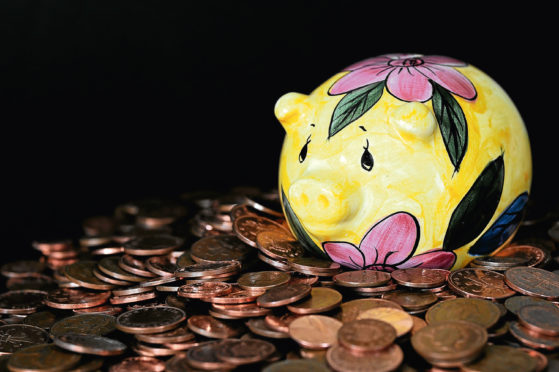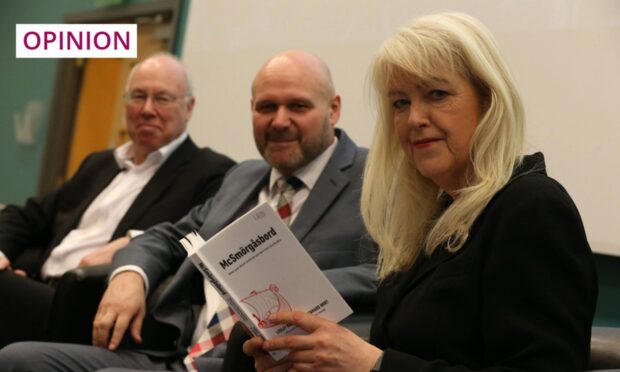Aberdonians are classed as being tight fisted or should I say canny, but records show North-east folk are extremely supportive of worthy causes.
Everyone has a favourite charity, sometimes it’s medical research such as cancer, or it could be one for animals.
The choices are wide and diverse, but normally there’s one that’s close to your heart.
Contributing directly to a charity means it is getting every penny you give.
I remember a number of years ago, international aid organisation Oxfam was being slated for spending too much on administration, something the charity addressed almost immediately, and it is now what you would probably call lean and mean.
Looking at another very popular world-renowned charity, Save the Children – it managed to cut its admin cost to around 9%, so supporters and the many hundreds of volunteers know that 91% of contributions in 2016 was spent on its aid work.
Choosing the right charity is important, but knowing what percentage of your hard-earned cash will actually reach it is equally as important.
I suppose the first thing is to make sure you’re contributing to an actual charity, which is not always obvious.
There are many adverts on television at the moment promoting a variety of ways of supporting good causes, from sponsorship and lotteries, to direct financial support for world tragedies.
Many of the charities advertising on television are household names, but there are some which give that impression but are not charities and which, at the end of the day, only give 30% of your contribution to those it purports to represent.
So where do you think the 70% is going? Good question, and my advice is to do your homework before you even part with the first £1.
Sadly many folk don’t really worry too much about the actual amount going to charity and don’t tend to check before they give.










